- 21.3-inch, 5 MP High-bright LCD Color Medical Display
- High Resolution and Accommodation Images Monitor for Mammography
- One Pixel Based Contrast and Brightness, Gamma
- Auto Text Mode --- Auto Brightness Blinding Mode for Text Area
- LED Backlight for Image Stability and Energy Saving
- Built-in Sensor
- Remote Calibration
- DICOM Conformance Check
- DVI & DisplayPort
- Uniformity Equalizer
- User-selectable Monitor Configurations
-
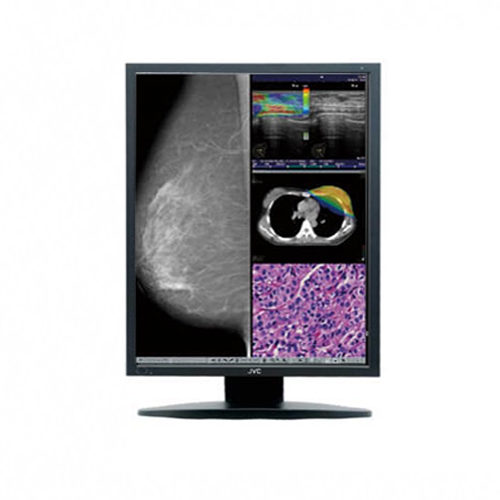
-
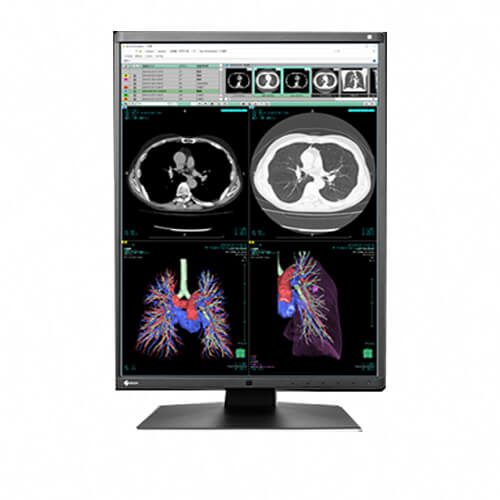
- 21.3″ 3MP Diagnostic LCD Monitor
- 1536 x 2048 Resolution
- Display Both Monochrome and Color
- Hassle-Free Multi-Monitor Configuration
- Dicom monitor with FDA 510(k) clearance
-
 The MX315W is a 31.1-inch medical LCD monitor with an 8 megapixel resolution ― the highest in the RadiForce MX-Series of clinical review monitors. It has DICOM Part 14 calibration support, and can display a variety of medical images at the same time including CT, MRI, and ultrasound, making it incredibly cost effective.
The MX315W is a 31.1-inch medical LCD monitor with an 8 megapixel resolution ― the highest in the RadiForce MX-Series of clinical review monitors. It has DICOM Part 14 calibration support, and can display a variety of medical images at the same time including CT, MRI, and ultrasound, making it incredibly cost effective. -
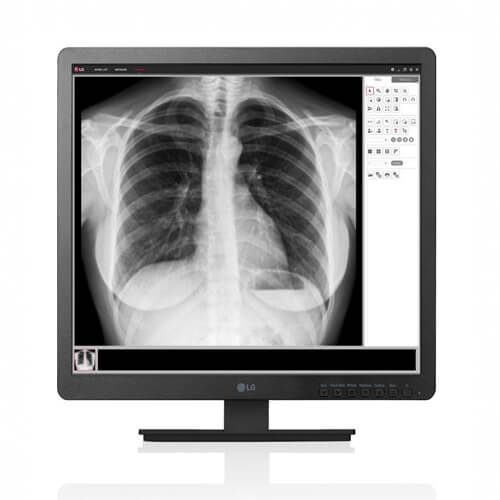
- 1.3MP(1280x1024) IPS Display
- 330 cd/m2
- DICOM Part 14
- Dynamic Sync Mode & Quick Response Time
- Brightness Stabilization
- Flicker Safe
- Reader Mode
-
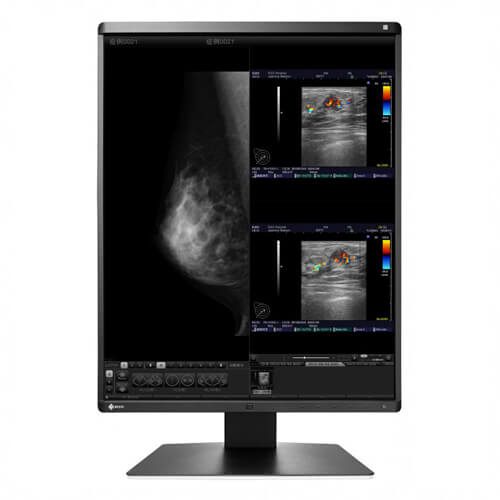 5MP 54.1cm (21.3") COLOR LCD MONITOR This 5 megapixel, high-brightness color monitor has the high-definition display necessary for breast imaging. It combines ease-of-use, such as a narrow bezel design to help your eyes swiftly move from one monitor to another, with new functions to help you focus on your work and maintain high performance.
5MP 54.1cm (21.3") COLOR LCD MONITOR This 5 megapixel, high-brightness color monitor has the high-definition display necessary for breast imaging. It combines ease-of-use, such as a narrow bezel design to help your eyes swiftly move from one monitor to another, with new functions to help you focus on your work and maintain high performance. -
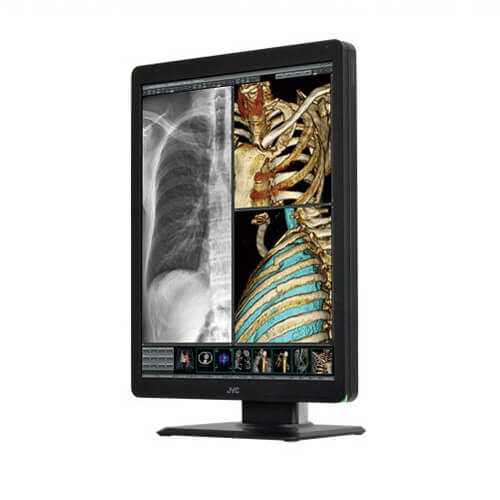
High-bright 2MP color display for diagnostic imaging
Totoku now known as JVC CLS-200 (CLS200) is an optimal solution where doctors need to view both grayscale and color images, and effectively covers multiple applications like PACS, CAD, PET and nuclear medicine.
-
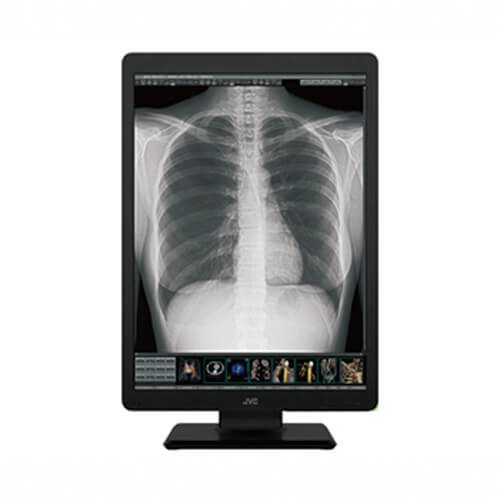
High-bright 3MP color display for diagnostic imaging
Totoku now known as JVC CLS-300 (CLS300) is an optimal solution where doctors need to view both grayscale and color images, and effectively covers multiple applications like PACS, CAD, PET and nuclear medicine.
-
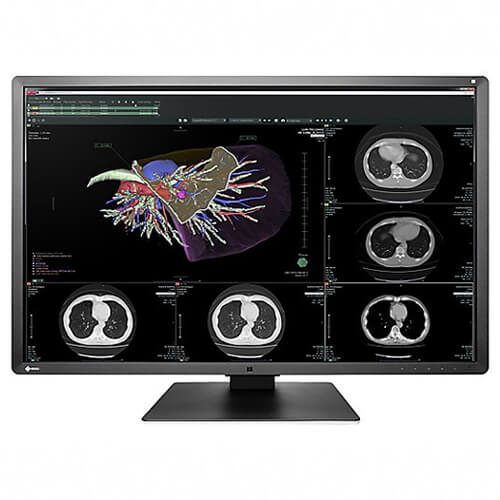 Eizo RadiForce RX660 (RX660-BK) 6MP 76cm (30.0") COLOR LCD MONITORA 6 megapixel monitor ideal for viewing a variety of medical images at the same time including CR, DR, CT, MRI, and ultrasound. Featuring a new design and unique EIZO technology, this monitor offers precise medical image viewing as well as ease-of-use.
Eizo RadiForce RX660 (RX660-BK) 6MP 76cm (30.0") COLOR LCD MONITORA 6 megapixel monitor ideal for viewing a variety of medical images at the same time including CR, DR, CT, MRI, and ultrasound. Featuring a new design and unique EIZO technology, this monitor offers precise medical image viewing as well as ease-of-use. -
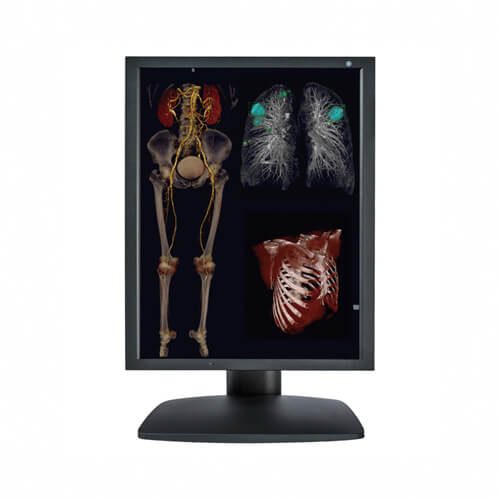
- Expanded Color LUT
- Color Uniformity Correction
- Digital Uniformity Enhancement
- Auto Luminance Stabilizer (ALS)
- Self Calibration
- PerfectLum
- Dynamic Scaling
- Adjustable Stands
- Front Sensor
- Ambient Sensor
- Present Sensor
- Fanless Design
- DDC/CI
- Serial RS232 Remote Control
- Product Quality Report
-
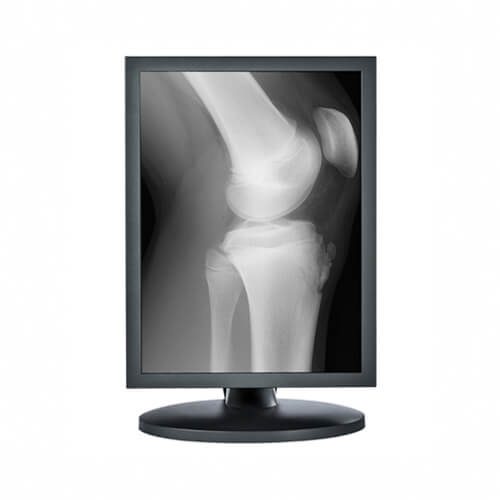
- Expanded Color LUT
- Color Uniformity Correction
- Digital Uniformity Enhancement
- Auto Luminance Stabilizer (ALS)
- Self Calibration
- PerfectLum
- Dynamic Scaling
- Adjustable Stands
- Front Sensor
- Ambient Sensor
- Present Sensor
- Fanless Design
- DDC/CI
- Serial RS232 Remote Control
- Product Quality Report
-
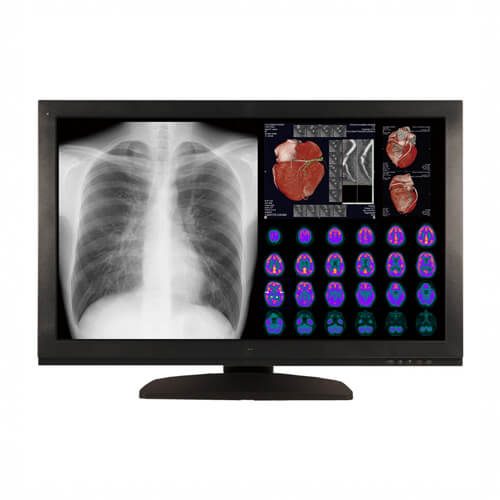
- Expanded Color LUT
- Color Uniformity Correction
- Digital Uniformity Enhancement
- Auto Luminance Stabilizer (ALS)
- Self Calibration
- PerfectLum
- Dynamic Scaling
- Adjustable Stands
- Front Sensor
- Ambient Sensor
- Present Sensor
- Fanless Design
- DDC/CI
- Serial RS232 Remote Control
- Product Quality Report
-
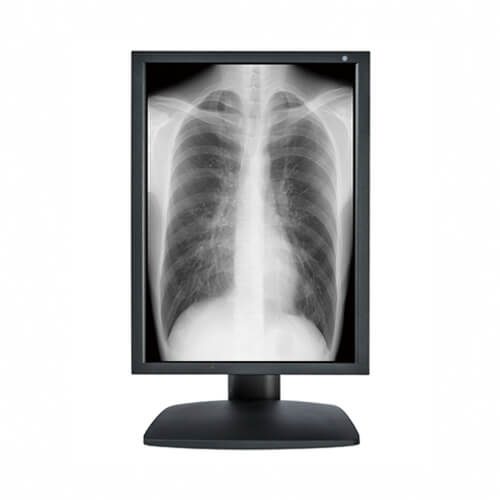
- Expanded Color LUT
- Color Uniformity Correction
- Digital Uniformity Enhancement
- Auto Luminance Stabilizer (ALS)
- Self Calibration
- PerfectLum
- Dynamic Scaling
- Adjustable Stands
- Front Sensor
- Ambient Sensor
- Present Sensor
- Fanless Design
- DDC/CI
- Serial RS232 Remote Control
- Product Quality Report
-
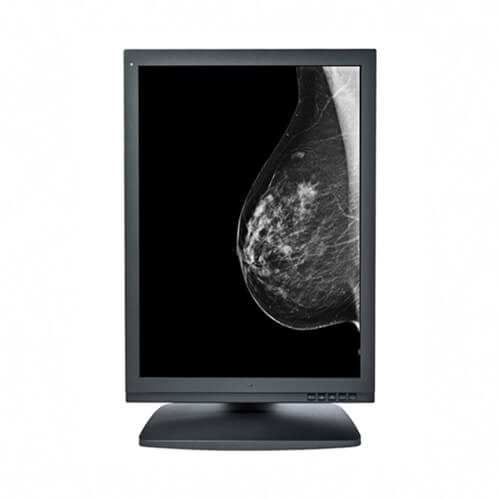
- Expanded Color LUT
- Color Uniformity Correction
- Digital Uniformity Enhancement
- Auto Luminance Stabilizer (ALS)
- Self Calibration
- PerfectLum
- Dynamic Scaling
- Adjustable Stands
- Front Sensor
- Ambient Sensor
- Present Sensor
- Fanless Design
- DDC/CI
- Serial RS232 Remote Control
- Product Quality Report
-
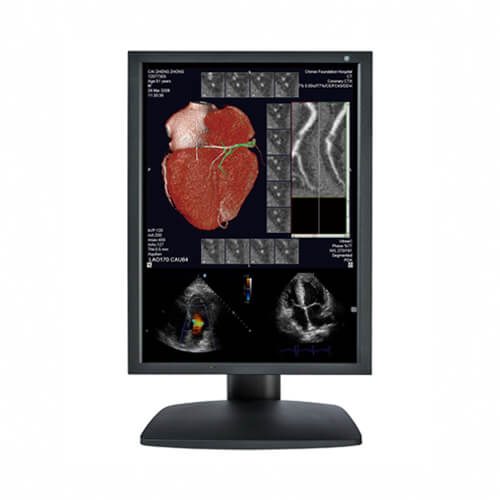
- Expanded Color LUT
- Color Uniformity Correction
- Digital Uniformity Enhancement
- Auto Luminance Stabilizer (ALS)
- Self Calibration
- PerfectLum
- Dynamic Scaling
- Adjustable Stands
- Front Sensor
- Ambient Sensor
- Present Sensor
- Fanless Design
- DDC/CI
- Serial RS232 Remote Control
- Product Quality Report
-
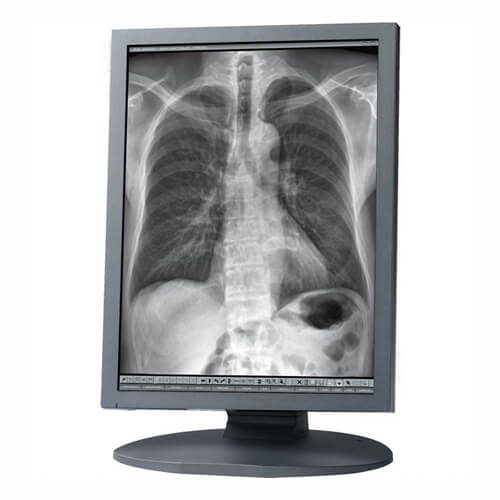 • LED Backlight for Image Stability and Energy Saving • Luminance Stabilizing System • Built-in 10 bits LUT (Look-up Table) • Full Calibration Capability • Ecological Technology • Meets worldwide medical safety standards
• LED Backlight for Image Stability and Energy Saving • Luminance Stabilizing System • Built-in 10 bits LUT (Look-up Table) • Full Calibration Capability • Ecological Technology • Meets worldwide medical safety standards -

- Digital / Analog BNC / VGA Interface
- Luminance Stabilizing System
- Built-in Power Supply
- LED Backlight
- Worldwide Medical Safety Standards
Types of Medical Diagnostic Display
Types of medical diagnostic displays include:
- Grayscale Monitors: Primarily used for displaying grayscale medical images like X-rays and mammograms.
- Color Monitors: Suitable for displaying color medical images such as MRI scans and ultrasound images.
- Multi-Modality Monitors: These displays can accurately render both grayscale and color images, making them versatile for various medical imaging modalities.
- High-Brightness Monitors: Specifically designed for viewing medical images in bright environments, such as operating rooms or interventional suites.
- 3D Monitors: Used for visualizing and manipulating three-dimensional medical images, commonly employed in surgical planning and interventional radiology procedures.
Why Diagnostic Radiology Monitors Matter?
Diagnostic radiology monitors matter because they are critical tools for accurate diagnosis and treatment planning in healthcare. High-quality displays with precise image reproduction are essential for detecting subtle abnormalities, assessing disease progression, and guiding therapeutic interventions. Reliable diagnostic monitors help minimize errors and improve patient outcomes by ensuring that medical images are viewed accurately and consistently.
Who Must Have Diagnostic Radiology Monitors?
Healthcare facilities and professionals who rely on medical imaging for diagnosis and treatment must have diagnostic radiology monitors. This includes hospitals, imaging centers, radiology practices, oncology clinics, and other medical facilities where medical imaging is performed. Radiologists, oncologists, surgeons, and other healthcare providers interpreting medical images also require access to diagnostic displays to perform their duties effectively.
Benefits of Diagnostic Radiology Monitors
The benefits of diagnostic radiology monitors include:
- High Image Quality: These monitors offer superior image quality with high resolution, contrast, and brightness, allowing for detailed visualization of anatomical structures and pathological findings.
- Consistency and Accuracy: Diagnostic displays are calibrated and optimized to ensure consistent and accurate image reproduction, reducing the risk of misinterpretation and diagnostic errors.
- Workflow Efficiency: By providing clear and precise images, diagnostic monitors help healthcare professionals streamline their workflow, leading to faster diagnosis and treatment decisions.
- Compliance with Standards: Diagnostic radiology monitors adhere to stringent regulatory standards and guidelines, such as DICOM (Digital Imaging and Communications in Medicine), ensuring compatibility and interoperability with medical imaging systems.
- Enhanced Collaboration: These displays facilitate collaboration among multidisciplinary healthcare teams by enabling the seamless sharing and review of medical images across different locations.
Key Features to Look for When Buying Medical Diagnostic Display
When buying a medical diagnostic display, key features to consider include:
- Image Quality Parameters: Look for monitors with high resolution, contrast ratio, luminance, and color accuracy to ensure optimal image quality.
- Calibration and QA Tools: Choose displays with built-in calibration and quality assurance tools to maintain image consistency and compliance with industry standards.
- Connectivity Options: Consider displays with various connectivity options, such as DICOM, HDMI, DisplayPort, and USB, to ensure compatibility with existing medical imaging systems.
- Ergonomic Design: Select monitors with adjustable stands, anti-glare screens, and ergonomic features to enhance user comfort and productivity during prolonged viewing sessions.
- Service and Support: Opt for displays from reputable manufacturers that offer comprehensive service contracts, technical support, and warranty coverage to minimize downtime and ensure long-term reliability.
Invest in Accuracy and Efficiency
Contact us today for a free consultation and discover how Hiliex can revolutionize how you diagnose patients.
